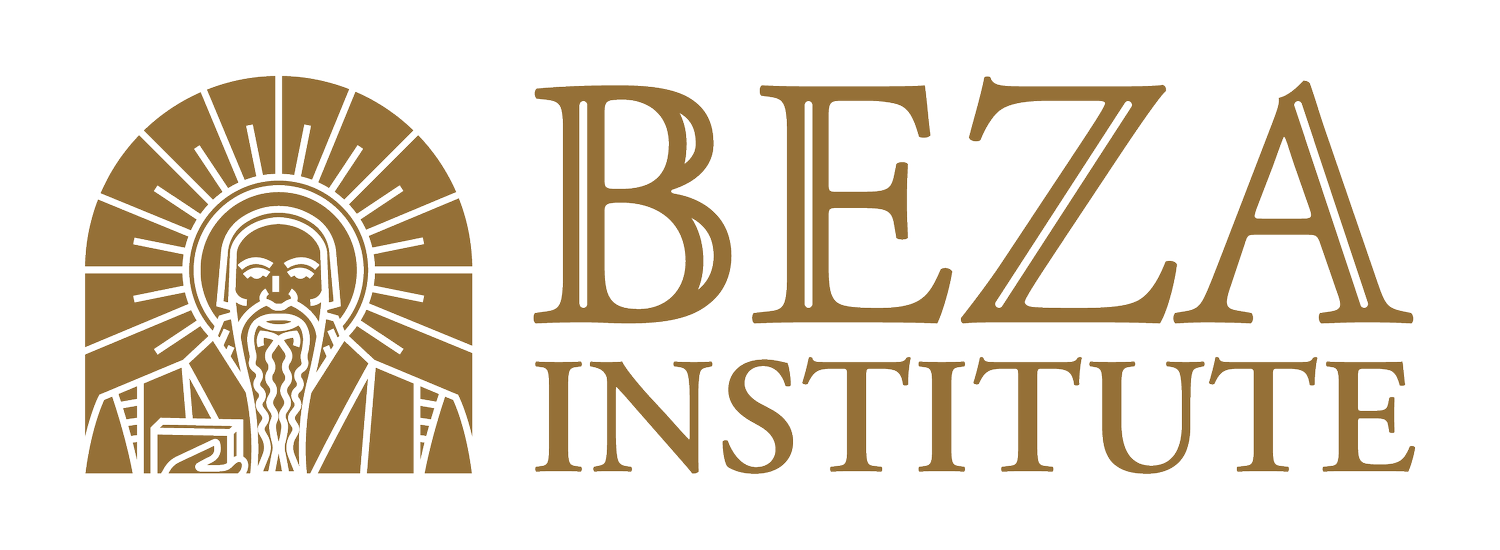Stand Ye in the Ways, Ask for the Old Paths
In 6th grade at The Ambrose School, we adopted the old Oxford method of Don Rags and Mid Rags. It is a tutorial method of assessing students’ thinking, writing, and overall understanding. It replaces the dreaded paper or packet test for which students often cram and regurgitate—one of the least productive forms of assessment. Students are assigned to consider the breadth of humanities-based classroom content they’ve studied in a quarter, observe themes within that content, and write about their observations determining some kind of guided moralia.
They come to the meeting having thought through the content rigorously. Even the lowest-performing students have a copious understanding of this content due to their guided preparation. Their minds are teeming with history, literature, Bible, and philosophy at a 6th grade level, of course! When I meet with them I usually ask questions which they have tacitly anticipated in their preparation, but didn’t explicitly study or memorize. This provides for conversation which could last for hours that I have to distill into 15 minutes.
I walk away from these meetings overwhelmingly blessed by my students' understanding of the “grist of the mill,” but also by their development of virtue. Of course, there are some students who come unprepared, and while those students have been thoroughly catechized to be able to speak well, I don’t count their failure to prepare a failed tutorial meeting. Even that can be fodder for the discussion which I trust the Lord uses.
Every year, there is at least one student who not only understands the content proficiently, but also demonstrates a level of thinking about his or her education. That is, he waxes eloquent about history, literature, or Bible, making all the most potent connections and finding the moralia, and he considers how his education fits into the Great Conversation (which isn’t a term I use explicitly). You might consider this the classical version of metacognition. These students often come from families in which the generational impact of their education is discussed around the dinner table. Beyond simply a family discussion of the content, these families discuss how CCE fits into the cultural mandate and Great Conversation.
In May of 2023, I had a couple such students. One of them, during the tutorial meeting, indeed waxed eloquent and even beat me to the punch in his answers, explaining the moralia before I even had the chance to ask, “so what?” He finished his historical debrief connecting all the pieces together and mentioned something like, “That’s why I’m thankful for classical Christian Education.” Immediately my hackles of suspicion were aroused. Did he actually know what CCE was? How many 6th graders are aware of the education they’re receiving? With suspicion in my voice, I asked him, “What is classical Christian education?” Without showing the slightest hint of being flustered, he calmly pondered, looked up with intention and purpose and after several suspenseful seconds, he finally answered, “Do not remove the ancient landmark.”
Not wanting to pump up his ego, I restrained the explosion of joy in my heart, and answered calmly, “Ah, very good, thank you. Well done.” He didn’t realize it, but he had become sufficiently catechized. I had never taught explicitly that CCE was akin to this passage from Proverbs 22:28, yet we spend the whole year learning and discussing the old paths—both the good and the bad ways. So for the sharpest students, something like Jeremiah 6:16 comes to mind: “Thus saith the Lord, ‘Stand ye in the ways, and see, and ask for the old paths, where is the good way, and walk therein, and ye shall find rest for your souls. But they said, We will not walk therein.’”
Classical Christian Education can be defined a number of ways, especially considering how young the current movement is, but this student’s experience demonstrates part of the journey where he realizes who he is in context with the Great Conversation. That is, he puts on the true posture of a student, a posture of humility which recognizes the old paths that have been established. This posture presumes that these old paths are there for a reason.
Here lies a major distinction between CCE and conventional modern education. The modern student will challenge the old paths and find a new way because the old is impractical. One could argue this is a violation of the command to honor father and mother! The wise student will consider the old paths, and trod them down, marching in rank with the saints of old, so long as the way is good.
Finding and treading in the old paths is not practical–or, we don’t do it because it is practical. We do it because it is true wisdom. God’s wisdom. Rest assured, lest you fret, “But what if the old path is bad?” Why is it bad? If it is bad according to the standard of God’s good law, then you have your answer.


